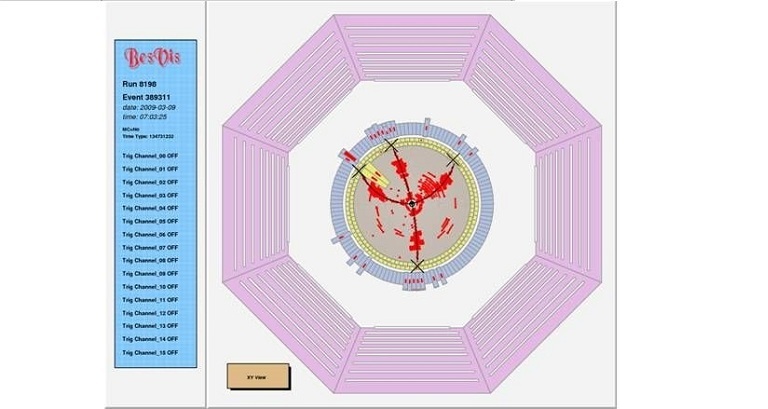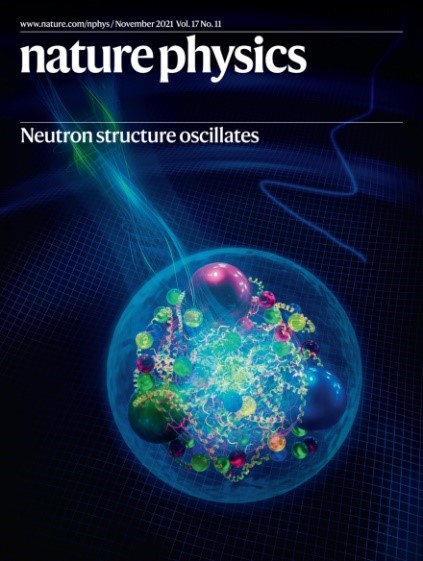Observation of the Singly Cabibbo-suppressed Decay Λc^+→nπ^+
BESIII recently reported observation of the singly Cabibbo-suppressed (SCS) decay Λc^+→π^+, with the data sets collected at the center of the energy region between 4.6 GeV and 4.7 GeV.
The lowest-lying charmed baryon, Λc^+, was discovered 40 years ago. However, its physics properties are still not fully understood due to limited experimental information. Differing from the charmed meson, the W-exchange mechanism plays an important role in Λc^+ decay, and W-exchange mechanism is considered as the non-factorization contribution and relies on the experimental input essentially. Predictions of the decay of Λc^+ vary among different phenomenology models, especially the Cabibbo-suppressed processes. The most attractive SCS decays are the two-body processes Λc^+→π^+ and Λc^+→π^0. However, only the upper limit of the branching fraction for Λc^+→π^0 has been measured and information on Λc^+→π^+ is not accessible yet due to the difficulty in experimentally detecting the neutron. Different models predict quite different ratios for the two branching fractions, ranging from 2 to 10, with large uncertainties, while experimentally the ratio is still unknown. Hence, scientists were highly motivated to study the decay Λc^+→π^+ for the first time in the BESIII experiment.
This study was performed with seven data sets ranging in center-of-mass energies between 4.6 GeV and 4.7 GeV, where the charmed baryon Λc^+ is produced together with its antiparticle. Thus, the double-tag approach was adopted to conduct the analysis. Thanks to knowing exactly the initial energy of the electron-positron collider, the neutron signal was described with missing information under the principle of energy-momentum conservation. After selecting one Λc^+ on the tag side and the singly charged pion on the signal side, the neutron was reconstructed with the invariant mass of the recoiling system against the tag side and the single charged pion. The statistical significance of Λc^+→π^+ was determined to be 7.3σ and the branching fraction was determined to be (6.6±1.2±0.4)×10^-4. This is first direct observation of SCS decay involving a neutron in the decay of a charmed baryon. By adopting the upper limit of the branching fraction for Λc^+→π^0 from Belle, 8×10^-5, the ratio of the two decay rates is estimated to be greater than 7.2, which is quite essential to constrain the various models. In addition, this result triggers BESIII to further study the relevant SCS process Λc^+→π^0, with the advantage of threshold production of the Λc^+ pairs.

Further Reading:https://doi.org/10.1103/PhysRevLett.128.142001
Contact Information
Mr. GUO Lijun
ljguo@ihep.ac.cn

